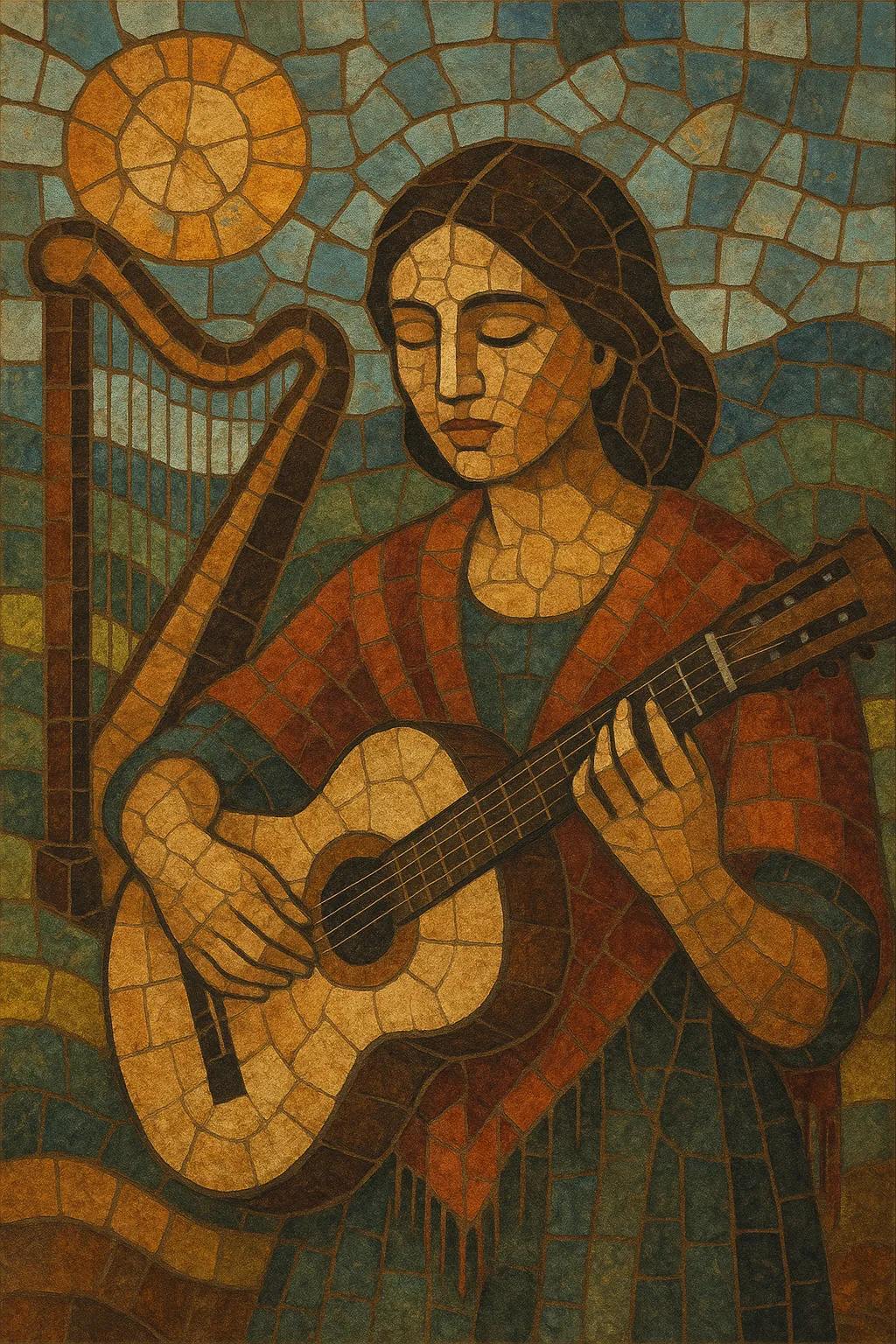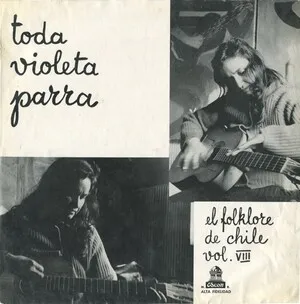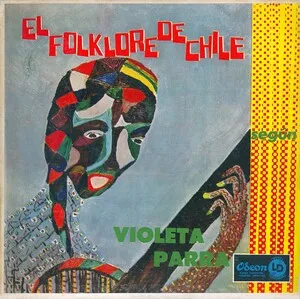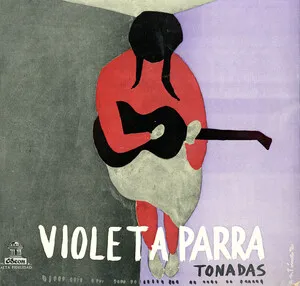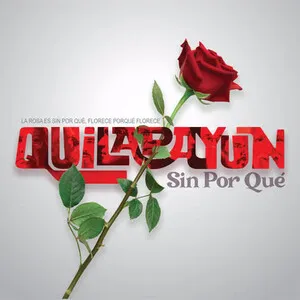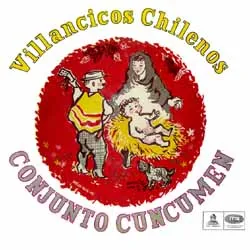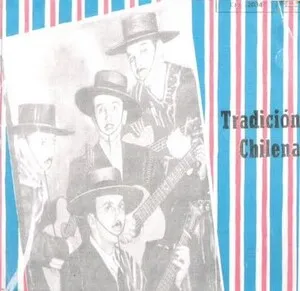Tonada chilena is a lyrical, strophic song form from central Chile, distinct from the livelier cueca and typically performed at a moderate to slow tempo. It emphasizes expressive melody and poetic texts—often octosyllabic quatrains—sung over simple harmonic progressions.
Rhythmically, the tonada often exhibits Iberian sesquiáltera (the interplay of 6/8 and 3/4), but it can also be felt in straightforward 3/4. Its accompaniment is traditionally carried by guitar (sometimes in alternate tunings), arpa chilena (Chilean harp), guitarrón chileno in some contexts, and occasionally accordion. The overall character is sentimental, nostalgic, and romantic, with a focus on vocal phrasing and word-painting.
While the tonada shares Spanish roots with many Hispanic song forms, it matured into a distinctly Chilean idiom in the 19th and early 20th centuries and became a cornerstone of urban and rural repertoires, radio songbooks, and later the folk revival.
The tonada chilena crystallized in central Chile during the 1800s, synthesizing Hispanic poetic and musical practices inherited from the colonial era. It drew on Spanish strophic song traditions—copla, seguidilla, and earlier romance forms—alongside theatrical pieces like the tonadilla and zarzuela numbers that traveled throughout the Iberian world. In rural Chile, these models were localized through vernacular poetry and guitar accompaniment, giving rise to a melodic, reflective song distinct from dance-centric genres.
By the 1930s–1950s, tonadas flourished on stage and radio. Urban ensembles of huasos and solo vocalists popularized the form with polished harmonies and clear diction. The tonada’s sentimental themes and singable melodies made it a mainstay of national songbooks. Recording technology helped disseminate signature interpretations and standardized a recognizable style, while preserving regional nuances of vocal delivery and accompaniment.
Mid-20th-century folklorists and performers—most notably Margot Loyola and Violeta Parra—documented, revived, and recontextualized tonadas from rural informants. Their fieldwork and performances connected the genre to deeper traditions (including ties to canto a lo poeta and the use of the guitarrón chileno in certain contexts), while also inspiring new compositions modeled on traditional forms.
In the 1960s–1970s, the tonada’s poetic clarity and melodic directness informed the repertoire of nueva canción chilena, which adapted folk idioms to contemporary social and artistic aims. Later, Chilean artists in folk-rock and rock andino frameworks integrated tonada-style melodies and cadences with modern instrumentation, ensuring the form’s continued relevance.
The tonada persists in festivals, pedagogical repertories, and recordings by both traditionalists and contemporary singer-songwriters. It remains a touchstone of Chilean musical identity—at once intimate, poetic, and adaptable to new contexts.

